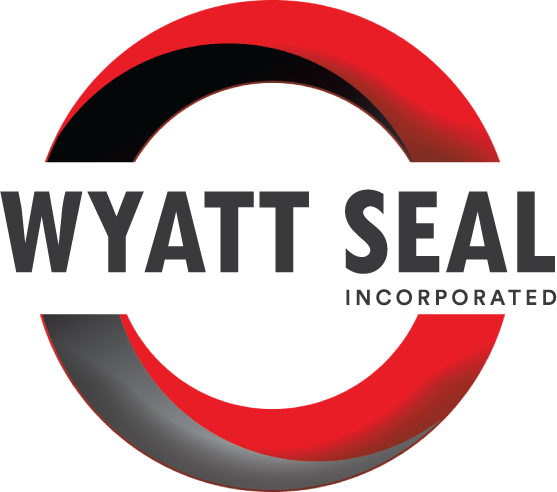-min.webp?width=1920&height=1280&name=rubber-bands-blog%20(compressed)-min.webp)
When it comes to sealing solutions, choosing the right O-ring is critical, and one of the most important factors to consider is shore hardness. But what exactly does this term mean for your project?
Shore hardness refers to the measurement of how hard or soft the material of an O-ring is. It directly impacts how well the O-ring can withstand pressure, resist deformation, and create a reliable seal. For most sealing applications, finding the right balance between flexibility and durability is key.
Shore Hardness and Durometer Explained
The shore hardness scale runs from 0 to 100, with lower numbers representing softer materials and higher numbers indicating harder materials. Most O-rings are rated on the Shore A scale, which is widely used for flexible materials like rubber. For even harder materials, like certain plastics and very rigid rubbers, the Shore D scale is used, which measures hardness beyond the capabilities of Shore A, making it ideal for extremely tough applications.
Low Durometer O-Rings
Soft O-rings, typically rated between 40-60 Shore A, are more flexible and provide a better seal on uneven or rough surfaces. These O-rings easily conform to grooves and imperfections, which makes them ideal for low-pressure applications or where the seal needs to accommodate irregular shapes.
When to Use Low Durometer O-rings
Let’s say you're sealing delicate equipment in a low-pressure hydraulic system or pneumatic tools. A softer O-ring (around 40-60 Shore A) will form a tight seal without needing high compression force. This is particularly useful in systems with sensitive components or fragile materials, such as plastic or glass components.
Common Applications
Low-durometer O-rings (softer) are ideal for low-pressure applications where flexibility is key. In the electronics industry, they seal delicate components like enclosures without causing damage. Medical devices use soft O-rings for sealing low-pressure systems, such as in blood pressure monitors. In pneumatic tools and food processing equipment, softer O-rings ensure effective seals with easy assembly and maintenance.
High Durometer O-Rings
O-rings with a higher shore hardness, around 80-95 Shore A, are tougher and less prone to deformation. These are used in high-pressure applications where the O-ring needs to resist significant forces, impacts, or abrasions without losing its shape.
When to Use High Durometer O-rings
On the other hand, if you’re working in a high-pressure environment, such as sealing components in an oil and gas pipeline or automotive engine, a harder O-ring (80-95 Shore A) would be necessary. These O-rings maintain their shape and strength under extreme conditions, such as elevated temperatures, chemical exposure, or high mechanical stresses.
Common Applications
Hard-durometer O-rings (firmer) are suited for high-pressure applications where durability is essential. In the automotive industry, they withstand extreme conditions like high heat and pressure in engines. Oil and gas systems rely on hard O-rings to maintain a seal in harsh environments with aggressive chemicals. In industrial machinery, harder O-rings resist abrasion and wear, ensuring long-term reliability under heavy loads.
Finding the Right Balance
While high-pressure or extreme environments often require harder O-rings, not every application demands the toughest material. For many projects, a mid-range O-ring, such as a 70-durometer (Shore A), offers a versatile solution. This hardness level provides a balance between flexibility and durability, making it ideal for general-purpose sealing.
Selecting the right O-ring hardness is a crucial decision that directly impacts the performance and longevity of your sealing solution. Whether your project demands the flexibility of a low-durometer O-ring or the durability of a higher durometer, understanding the balance between softness and toughness is key to achieving optimal results. With a wide range of O-ring materials and hardness levels available, you can ensure that your chosen O-ring will effectively meet the specific needs of your application and provide reliable seals for your equipment.
If you need help navigating this process to find the right seal for your project, talk to a seal expert at Wyatt Seal. We’ve spent 50 years building relationships with seal manufacturers worldwide to offer you access to thousands of seals, gaskets, O-rings, and other specialty items for any application.

